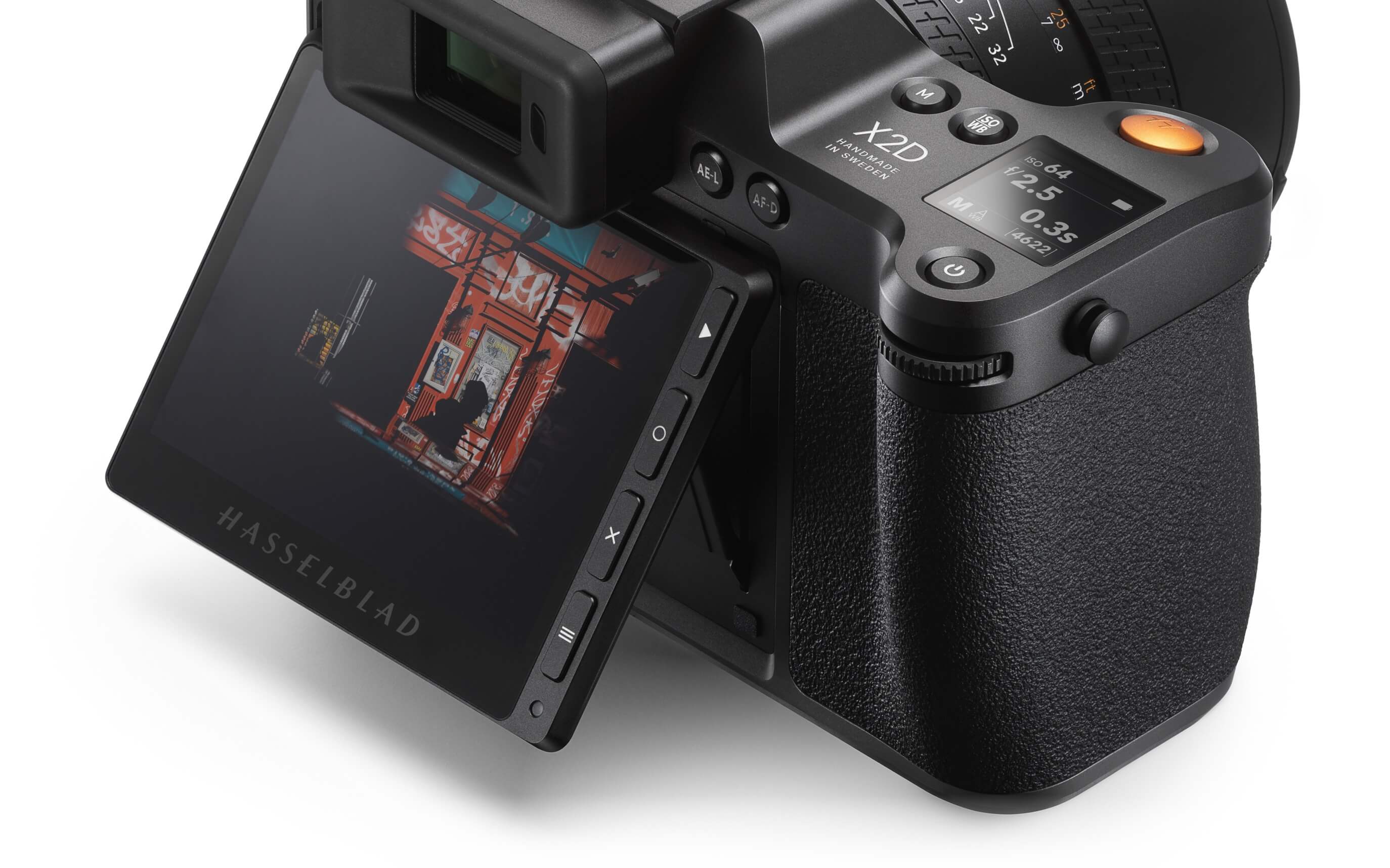BUILT WITH Qt
BSH
Streamlining processes across brands and products on a global scale
A Complete Global Brand Portfolio
39
Factories worldwide
57K
Employees
15.3B
Annual Turnover (as of April 2025)
Learn how BSH leverages Qt technology to achieve the highest standard of digital quality and usability and to streamline its processes across brands and products on a global scale.
Consistency, standardization of the UI/UX functionality across products is a basic requirement to ensure reusability of software components across devices—developers don't want to do the same thing twice. At the same time, differentiation across products, brands, markets, regions, and user groups is the other key factor for market penetration—here, changing the UI's look-and-feel should not impact the underlying functionality.
At BSH, we strive to balance these two rather opposite requirements, standardization and differentiation. Qt helps a lot to achieve this.
Daniel Dersmann, Head of Global GUI Framework Development, BSH
Qt Solution Highlights
Design & UX capabilities
Scalability across hardware and software platforms
Production-ready code to share across departments
Short development cycles
Integration into existing software stack (C++)

Designing home appliances that fit your living room
For a multi-brand, multi-category group to stand out in the global, hyper-competitive market, the elegance of products goes hand in hand with their seamless functionality and smooth operability. Digitalization, connectivity, and easy handling are key factors in delivering products that will efficiently accompany customers throughout their lives.
For a group the size of BSH, encompassing not only multiple products and product categories but even distinguished brands, one of the challenges is to develop synergies across product categories—uniform functionality, reusable elements—while enabling the simple customization of the look-and-feel according to each brand's style.
The Qt framework naturally enables the creation of atomic UI components that can be reused across projects and appliances. Atoms can be composed into larger molecules (or templates) that can be shared across projects with great benefit. This allows us to port a consistent, optimal user experience across different devices.
Daniel Dersmann, Head of Global GUI Framework Development, BSH

Standardization and differentiation
To successfully deliver at the scale of BSH, it is essential to harmonize two rather opposite requirements:
- standardization and reusability on the one side, to avoid redoing the same work on every new device or form factor;
- differentiation on the other, to enable easy customization of the appearance and functionality across models, regions, etc.
By decoupling the appearance of the UI from the underlying logic, the Qt framework easily allows porting a consistent user experience across a variety of devices, while enabling the effortless customization of the look-and-feel according to market and regional requirements.
Among the advantages of separating appearance and logic and of creating templates, there is an increased overall quality of each component and of their ability to interface with each other and with third-party code—due to the more efficient debugging and optimized performance of the building blocks. In terms of productivity, while experienced developers deliver highly optimized ready-made templates, with best coding practices backed in, it’s easier for junior developers to get hold of the process and become more productive with less margin for error.
Ultimately, the benefits are in quality, efficiency, and costs.
Since we started working with Qt, UI development is no longer a bottleneck in our product delivery process. In the last 5-6 years, we have been able to deliver strong, reliable UI applications across departments with only a small team.
Thanks to Qt's large community and deep market penetration, we've gained a wealth of knowledge in a very short time and we are able to solve all problems we encounter.
Today, we can proudly say that there is no gap between what our designers demand and what our developers can deliver. And the Qt products play a big part in this.
Daniel Dersmann, Head of Global GUI Framework Development, BSH

Qt end-to-end cross-platform tooling at BSH
At BSH, the Qt framework plays an important role in the definition of a new design system aimed at sharing cross-platform UI components and production-ready QML code across brands in an interdisciplinary way that involves designers, developers, UX experts.
Quality assurance is another area of the product development lifecycle where Qt Group's tooling supports BSH in performing extensive automated testing, with higher precision and coverage than it would ever be manually feasible.
In terms of workflow, Qt Group's products help BSH break down silos, enabling UI/UX designers, software developers, and testing engineers to collaborate on the same code base through a unified set of tools encompassing all stages of the software delivery and maintenance lifecycle.
About BSH Group
BSH Hausgeräte GmbH is one of the world’s leading home appliance manufacturers. With our rich heritage and a commitment to innovation and sustainability, we strive to improve the quality of life at home with our outstanding brands, innovative appliances and top-class digital solutions. Our brand portfolio includes global appliance brands like Bosch, Siemens and Gaggenau, as well as the regional brands Neff and Thermador, each offering unique solutions tailored to meet the needs of our consumers.
Oh, there's more

Keurig | Built with Qt
Keurig's coffee machines provide a better brewing experience and cut development time with Qt Design Studio and Qt for MCUs.
Read More
Hasselblad - Built with Qt
A recent example of Hasselblad's technical leadership is the new medium format camera X2D 100C, which uses Qt on all its displays, including Qt for MC...
Read More

